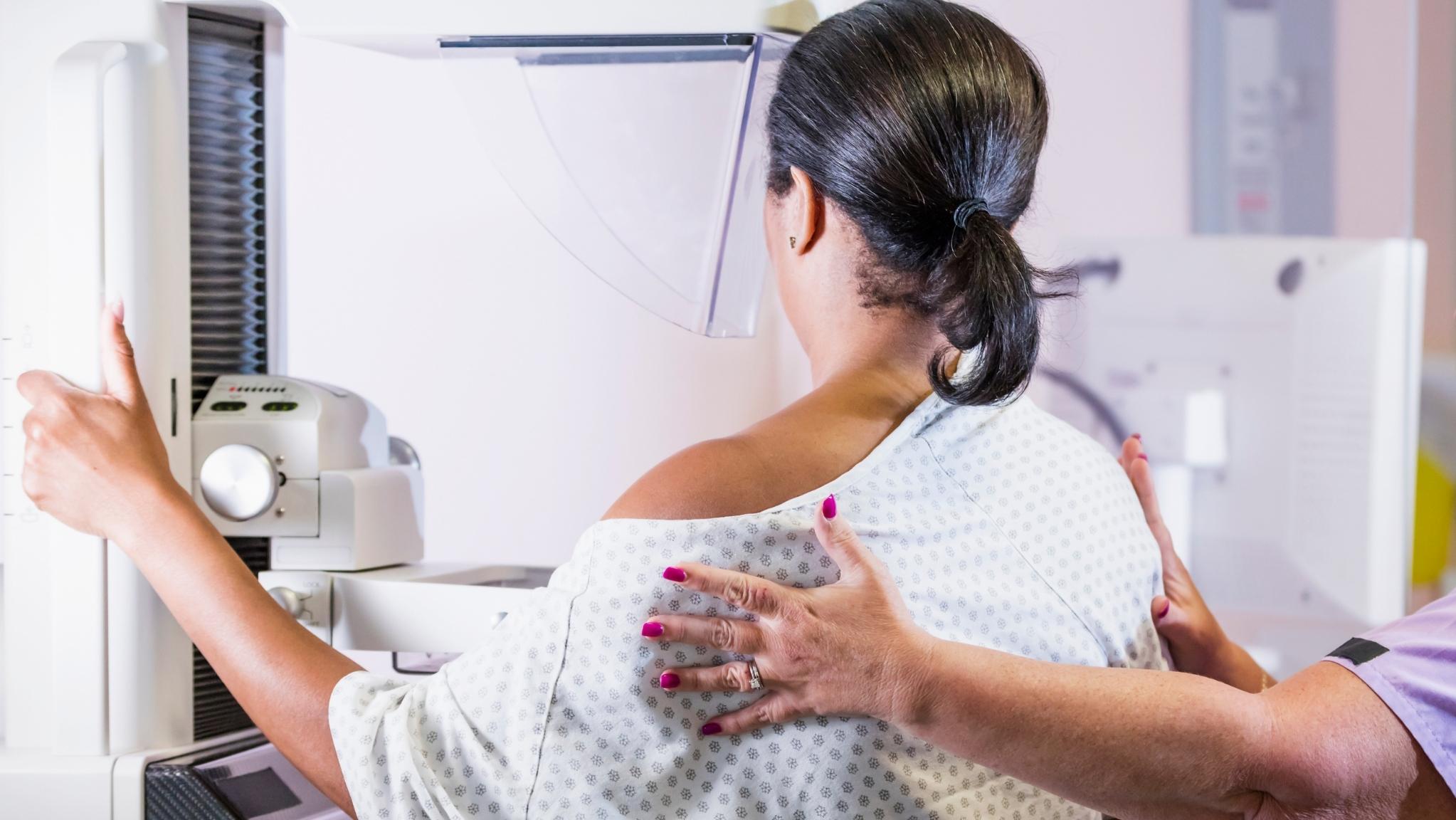
Gifford General Surgeon, Dr. Dawn Holman
Breast cancer is a very common cancer and the most common cancer for women. According to the American Cancer Society, in Vermont from 2014-2018, there were an average of 132 cases for every 100,000 women. It’s estimated that there will be 630 new female breast cancer cases and 80 deaths from breast cancer in 2022. The U.S. stats are similar to Vermont’s. While it is a very common cancer, we can treat it very well these days if it’s found early.
The main risk for breast cancer is not only just being a woman, but an older woman. Breast cancer risk increases as a woman ages. The next most common factor is overall estrogen exposure. That’s why women, as they get older, are at higher risk for breast cancer.
Certain lifestyle factors are also at higher risk because of longer estrogen exposure:
• Having your first child
• Having that first child when you’re older
• Never had children
• Having early menses
• Having late menopause
As for family history, 20% to 30% of patients with breast cancer will also have a relative with breast cancer, but only 5% to 10% of women with breast cancer will have a breast cancer genetic mutation. So, the idea that it must be genetically related is false. One in eight women or 12% of all women across the country is going to get breast cancer at some time in their life. If you do have a high number of female relatives in your family, then there might be one or two of them who get breast cancer, but it doesn’t have to be a specific gene that is causing it.
We have seen an increase in breast cancer diagnoses over the last few decades. The main reason is that the population is aging in general. More people are living longer. We’re also able to diagnose breast cancer earlier than we used to. Years ago, women would come in with lumps that they could feel, meaning it was already at an advanced stage. Nowadays we can find it early through a simple mammogram. The reporting process is also more accurate. Bottom line: There are more women in the country. There are more older women in the country, and we’re finding more cancers overall than we used to.
Unfortunately, a percentage of the population still doesn’t want to deal with getting a mammogram and wait until it’s late in the process. However, the procedure isn’t as painful as it once was. No longer are there those big, heavy lead plates. There is also new technology. 3D mammograms, for example, take more pictures at an interval of angles to create a more accurate reconstruction of the breast. The advantage to that is we can look at the breast more as a whole as opposed to just a static image. This is advantageous for younger women with dense, heavy breast tissue.
A question that sparks debate and controversy is, when should women start getting their mammograms? Several societies, including The American Society of Breast Surgeons, which I’m a member of, as well as the American College of Radiology, recommend that women get mammograms annually starting at age 40 until much later in life based on how they’re doing. There is no set cutoff date.
Not only does Gifford offer mammograms, but I also perform stereotactic breast biopsies, which are less invasive for the patient. I make a very tiny incision on the breast after numbing it and insert a special biopsy gun that takes out small pieces of tissue to provide a diagnosis. It used to be that women had to have an incisional biopsy just to get a diagnosis. Now, we can get the diagnosis and perform whatever the appropriate, definitive surgery is at one time. Doing a biopsy does not spread cancer, it helps us with a diagnosis so we can plan the appropriate treatment.
It’s rare for a small rural hospital such as Gifford to be able to offer this procedure. I’ve been fortunate enough to be able to expand my skills over the years to include these minimally invasive biopsies and use some special operative techniques to help keep the breast in as good of form as possible, especially when it comes to minimizing any disfigurement from a breast cancer surgery.
Women who have what’s called localized disease, meaning the cancer is only in the breast themselves, have a 98% five-year survival rate. So detecting any issues early is vitally important.
We do perform a lot fewer mastectomies these days, which is a result of earlier breast cancer detection. Mastectomies these days have much more limited indications, which is a good thing. If the cancer is such that we can’t physically get it out of the breast, then a mastectomy becomes an option. There are some cases where a woman at a higher risk of breast cancer wants what’s called a prophylactic mastectomy. They would just rather have the breast removed than go through the continued screening. It’s always a woman’s choice for the mastectomy if that’s what she wants.
Pre-cancerous diagnoses are pretty much always discovered on a mammogram. It’s usually associated with micro-calcifications, sometimes with just a little weird asymmetrical area on the mammogram. Once again, we find it with a minimally invasive biopsy. Since it is pre-cancer it’s a much easier, simpler treatment. You do have to excise the entire area to make sure you have removed all of those pre-cancerous cells. A woman with a pre-cancerous diagnosis is treated with radiation as a preventative measure for getting cancer in the future.
The radiology team at Gifford is phenomenal. The mammogram and ultrasound technologists have wonderful skills and they are great with patients. Gifford has such a wonderful breast care program. Contact our radiology department at (802) 728-2214 and schedule your mammogram today.

